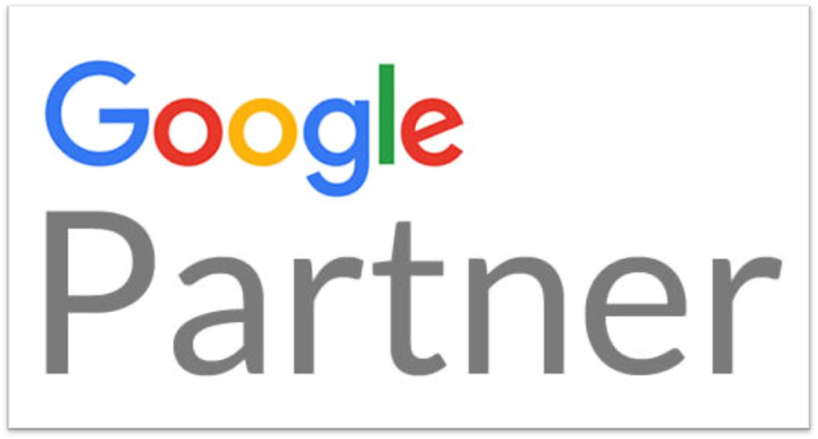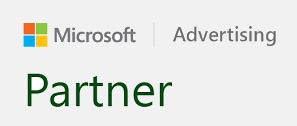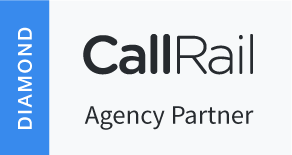SEO Link Building Guide for 2024
“Link building is dead!” might be a common cry you hear from all sorts of experts. There is kind of some truth to that, in that Google does not like “link building” in the classic sense (they do in the brand/business building sense) and that they want you to focus on EATT content. However, links are still one of the most important metrics, and that is not coming from just us.
1. Understanding Link Building Basics
A. What is Link Building?
Link building is the process of acquiring hyperlinks from other websites to your own. These links, also known as backlinks, help users navigate between pages on the internet and search engines to crawl the web.
B. Why Link Building is Important?
- Search Engine Ranking: Backlinks are a key ranking factor in Google’s algorithm. High-quality backlinks can improve a site’s authority and rankings.
- Referral Traffic: Links from relevant sites can drive targeted traffic to your site.
- Brand Exposure: Being linked by authoritative sites can enhance your brand’s visibility and credibility.
2. Link Quality Over Quantity
A. Characteristics of High-Quality Links
- Relevance: Links should come from sites related to your industry or niche.
- Authority: Links from authoritative sites (high Domain Authority) carry more weight.
- Diversity: A natural link profile includes a variety of link types (guest posts, editorial links, etc.).
- Contextual: Links within relevant content are more valuable than those in footers or sidebars.
B. Avoiding Low-Quality Links
Avoid links from:
- Spammy or low-quality sites.
- Link farms and networks.
- Sites with irrelevant or low-quality content.
3. Ethical and White-Hat Link Building Techniques
A. Content Creation and Marketing
- High-Quality Content: Create valuable, original, and informative content that attracts links naturally.
- Infographics: Visual content is highly shareable and can attract backlinks.
- Original Research and Data: Publishing original research or data can attract links from media and bloggers.
B. Outreach Strategies
- Guest Blogging: Write articles for reputable sites in your niche, including a link back to your site.
- Broken Link Building: Find broken links on relevant sites and suggest your content as a replacement.
- Resource Page Link Building: Reach out to sites with resource pages and suggest including your content as a valuable resource.
C. Building Relationships
- Networking: Build relationships with bloggers, journalists, and influencers in your niche.
- Collaborations: Partner with other businesses or influencers for joint content or promotions.
D. Leveraging Social Media and Online Communities
- Engagement: Share your content on social media platforms and engage with the community.
- Forums and Q&A Sites: Participate in relevant forums and Q&A sites, providing valuable insights and occasionally linking to your content.
4. Advanced Link Building Techniques
A. Digital PR and Media Outreach
- Press Releases: Distribute newsworthy press releases to gain media coverage.
- Journalist Requests: Respond to journalist requests (e.g., HARO – Help A Reporter Out) with expert insights, potentially earning backlinks.
B. Skyscraper Technique
Identify high-performing content in your niche, create something even better, and reach out to sites linking to the original content, suggesting they link to your improved version.
C. Link Reclamation
- Unlinked Mentions: Find mentions of your brand or products that don’t include a link and request the addition of a link.
- 404 Link Reclamation: Find broken pages on your site that had backlinks and redirect them to relevant, active pages.
5. Tracking and Measuring Success
A. Key Metrics to Monitor
- Number of Backlinks: Track the growth in the number of backlinks.
- Referring Domains: Monitor the number and quality of referring domains.
- Organic Traffic: Analyze increases in organic traffic as a result of link-building efforts.
- Search Rankings: Track changes in keyword rankings.
B. Tools for Link Building
- Google Search Console: Monitor and analyze your backlink profile.
- Ahrefs, SEMrush, Moz: These tools offer insights into backlinks, referring domains, and competitor analysis.
- BuzzSumo: Find popular content and influencers for outreach opportunities.
6. Best Practices and Future Trends
A. Natural and Sustainable Growth
Focus on acquiring links naturally through valuable content and relationships rather than shortcuts or manipulative tactics.
B. Adapt to Algorithm Updates
Stay informed about Google algorithm updates and adjust your link-building strategies accordingly.
C. Emphasis on E-A-T (Expertise, Authoritativeness, Trustworthiness)
Ensure your content and link-building strategies align with Google’s E-A-T principles, highlighting your expertise, authority, and trustworthiness.
7. Avoiding Penalties
A. Google’s Link Schemes
Avoid participating in link schemes, such as buying or selling links, excessive link exchanges, or using automated programs for link building.
B. Disavow Toxic Links
Use Google’s Disavow Tool to remove toxic or spammy links that could harm your site’s ranking.
Link building remains a crucial aspect of SEO in 2024. By focusing on high-quality, ethical, and sustainable link-building strategies, you can improve your site’s authority, drive targeted traffic, and enhance your overall online presence. Stay up-to-date with industry trends and best practices to maintain a competitive edge in search rankings.






Leave A Comment
You must be logged in to post a comment.